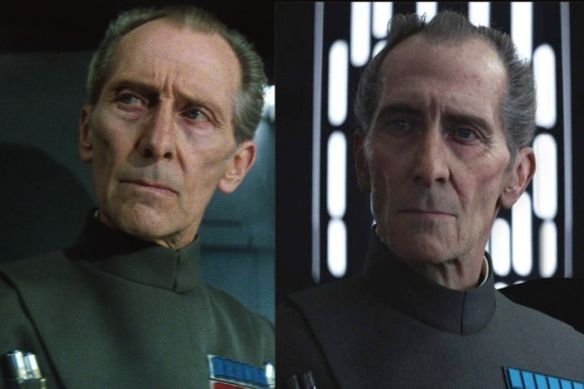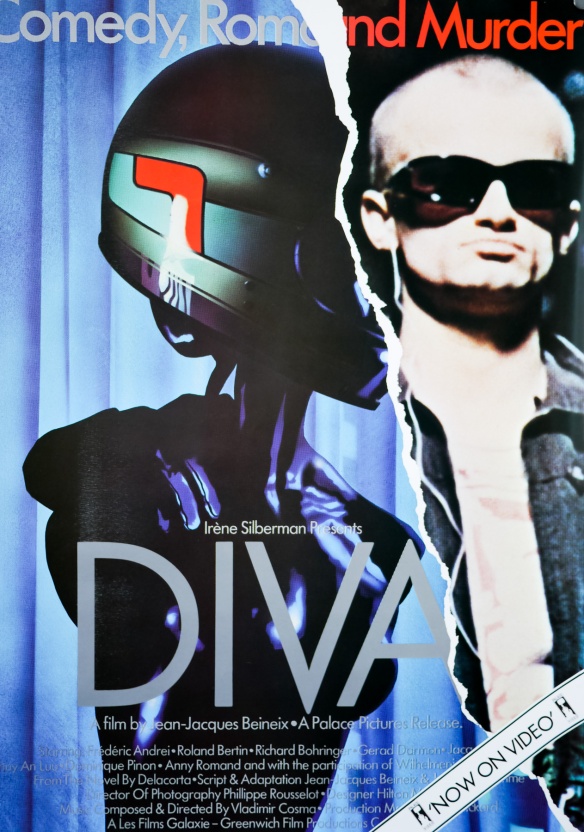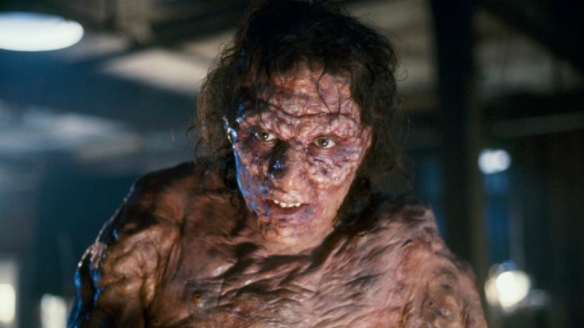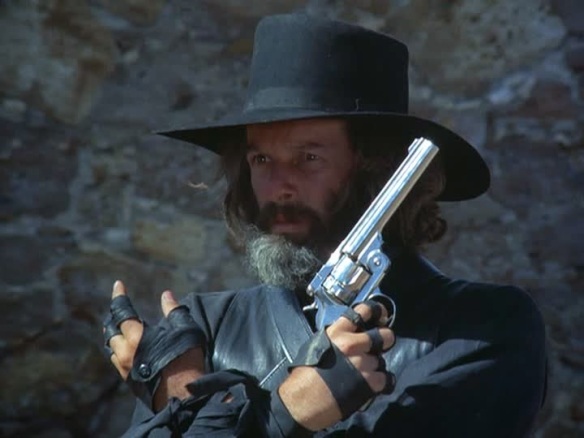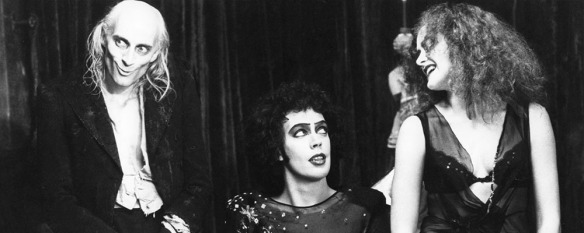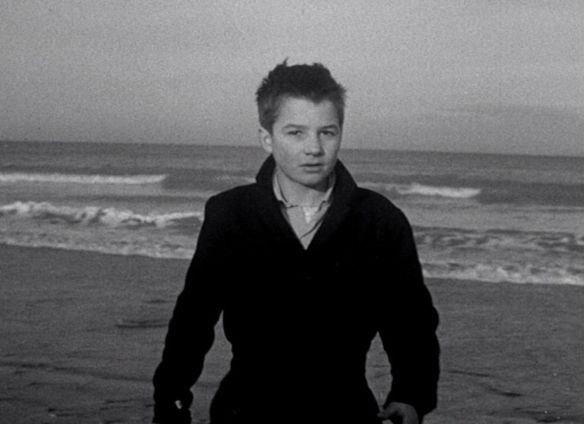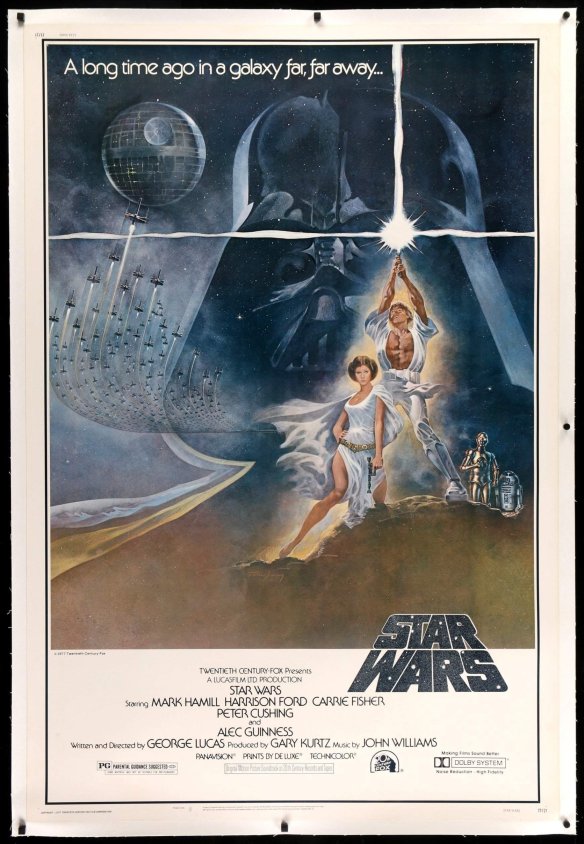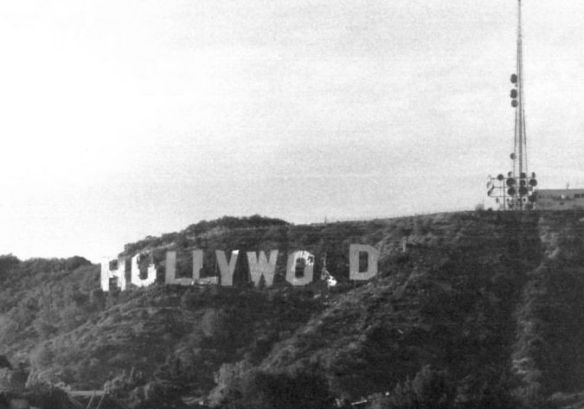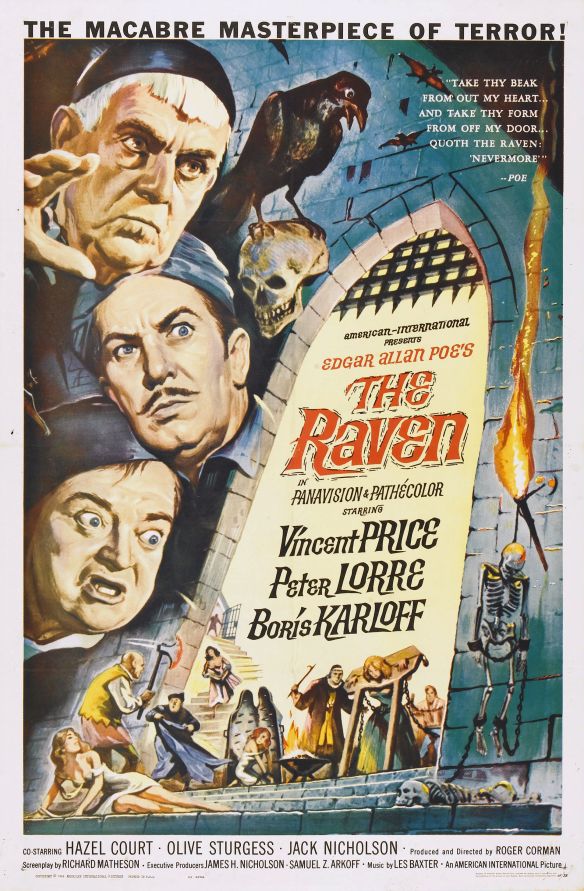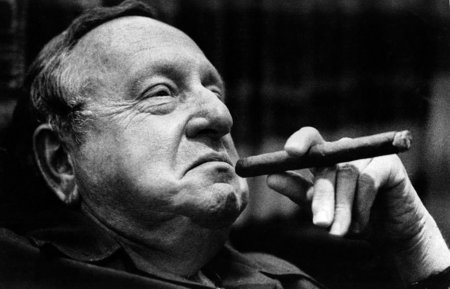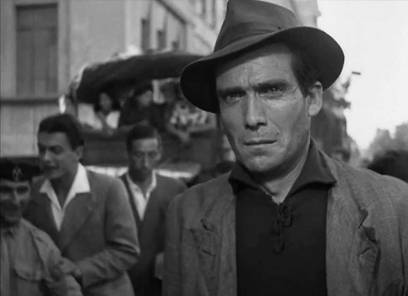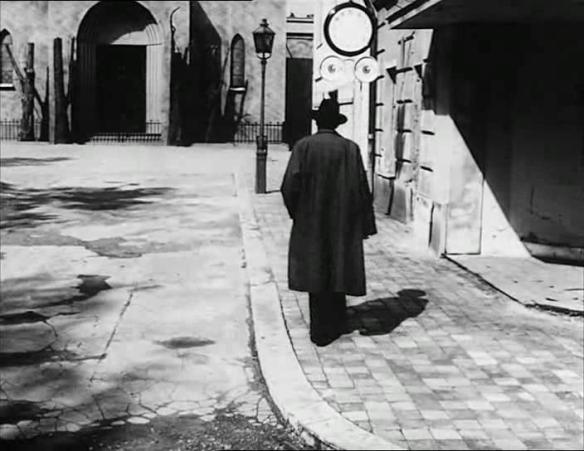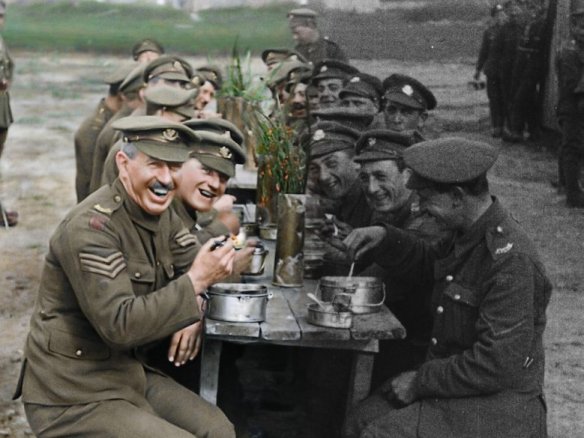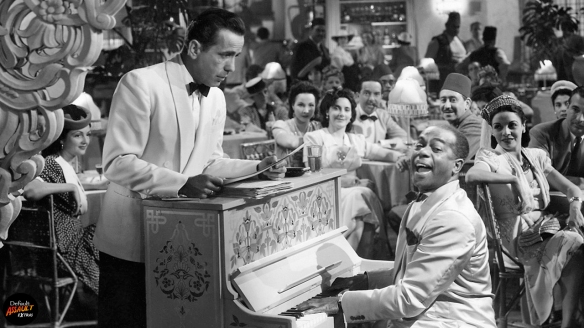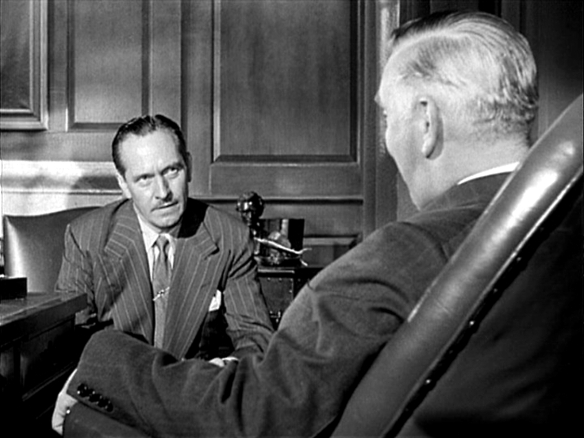This week we watched Run Lola Run and learned about new German Cinema. We also had a reading to do about Run Lola Run which cleared the air about a few of the questions I had. First I’ll talk about how I felt about the movie. This movie was actually really good (and another one that I hadn’t seen too!) and I loved the late 90’s to turn of the century style of editing. You know how movies were really into that weird blurry flash cut? Well this movie has plenty of that, but it is so tastefully done. I couldn’t believe how much I enjoyed looking for all of the changes that happened in the redoes, and that opening line about how a soccer game is broken up is perfect for a three act movie. Now we’re really getting to what I liked about the movie. I can’t wrap my head around how a movie that follows a formulaic three act structure can be so rule breaking at the same time. There were jump cuts everywhere, small flashes of color and faces, and plenty of nods to location and other cinema. Overall, the movie was beautiful in it’s simplicity, and that’s what really carried me through it. If you think about it, the plot isn’t really all that original or even new, it’s been used countless times before. But the execution of it was phenomenal. Some really smart cinematography was used in this film. And I obviously can’t talk about what I liked about it without mentioning the amazing score. That German House music that hadn’t quite caught on fully yet over here at the time really gives a strong feeling of running, like a pulsing beat that everyone needs to move at.
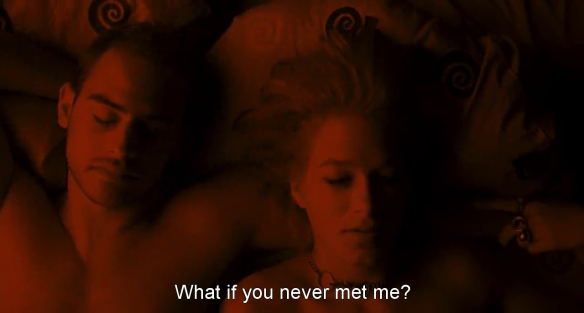
Moving on to the reading for the week, there is so much more to unpack from this film than I thought. I wrote the first paragraph of my blog post before I read the article and I plan on leaving it unchanged because it’s a much more pure reaction to the film. Learning about how Germany desperately wanted to get away from the two World Wars it had been part of made sense, and the feeling of starting over, much like Lola and Manni got the chance to do instead of dying. The will to live is obviously very powerful in these two, and I really like how that can tie into how Germany felt after these wars, this sort of feeling that they won’t let their culture die, especially after the cultural genocide that was sort of occurring with the Allied Powers occupation. Also I loved the nod to Alfred Hitchcock’s Vertigo with the painting and all of the spirals that you see in the movie, that is so clever and subtle. The part where it’s mentioned the primary colors that pop out from the phone booth represents the cartoon style for the rest of the scene is really interesting to me and a really cool blend of what is real and what is fantasy. Lastly, I didn’t even realize that the scream Lola does throughout the movie is representative of a rebellious culture that was brewing in Germany.
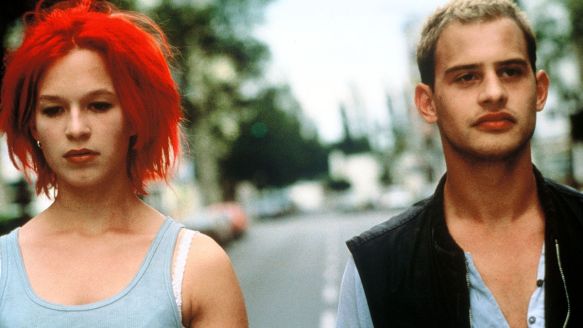
Now I’ve come to the hard part. Saying goodbye to a class that really is so passionate about the movies we’ve watched is tough. I’ve found myself analyzing movies that I watch with my friends and most of the time when I point out a shot or scene I think looks great my friends give me a weird look. It’s gonna be hard going back to watching movies just for the sake of watching them and not appreciating them with a group of people. I think we can all agree that we at the very least got a great experience out of this class. I used to really hate old movies because I hadn’t really seen any of the good ones, then we watched movies like the Grand Hotel and The Best Years of Our Lives. Before that, the only movie that was old that I could watch over and over again was It’s a Wonderful Life. Now I feel so much more informed and can really enjoy older films. Even though I know I’ll be taking more film based classes in the future, Dr. Schlegel really is right in saying that a class like this isn’t common. I found that I didn’t even mind commenting on other people’s blog posts because everybody had something new to say about the movies we watched. It was so refreshing. Beyond that though, I think I should talk about my favorite movie we watched and leave you guys with one of my favorite movies I hope you all check out.
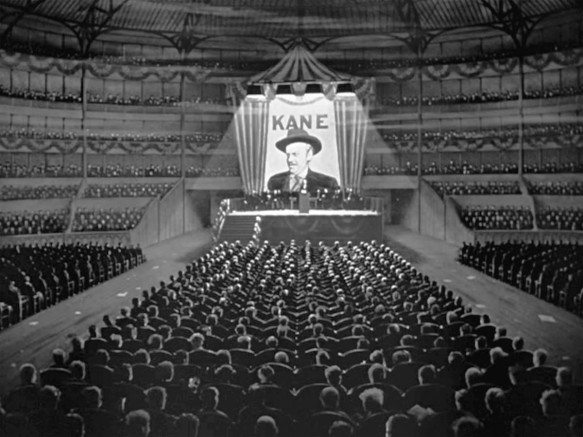
Out of all the movies we watched, I can confidently say that Diva was my favorite. I was so into it. I had no expectations going in, and it blew my mind. It was amazing, I loved every second of it. You know it’s a really good movie when you get to the end and you feel like no time has passed at all. Time flies and all. I really want to pick up a Bluray for it, but it’s looking like it might be a region locked Bluray which is a bummer. Something about the way the French language flowed with the style of the movie really spoke to me, and the neo noir vibe is my kryptonite! I love that so much.
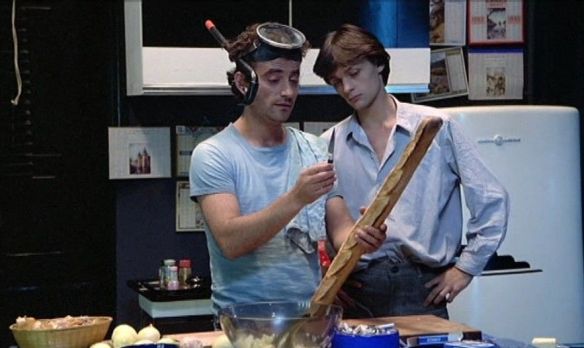
Well that’s pretty much it for me. Thanks for all being awesome classmates and having really interesting posts to read each week! I loved being able to see how excited some people were when they experienced a new film for the first time. Anyway, I know I’ve left you guys with the first Blade Runner trailer before, but it’s actually the sequel movie that I like more. Blade Runner 2049 is one of my all time favorite movies, and I encourage everyone to give it a watch! You don’t even need to watch the first one, it stands pretty well as a stand alone movie. If you like neo noir, this movie is for you. You guys should leave recommendations for your favorite movies too, either in your blogs or comments. I’d love to see what everyone likes!

